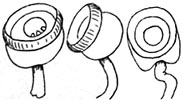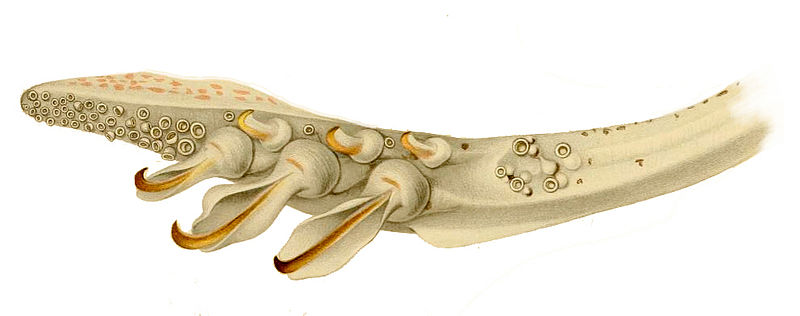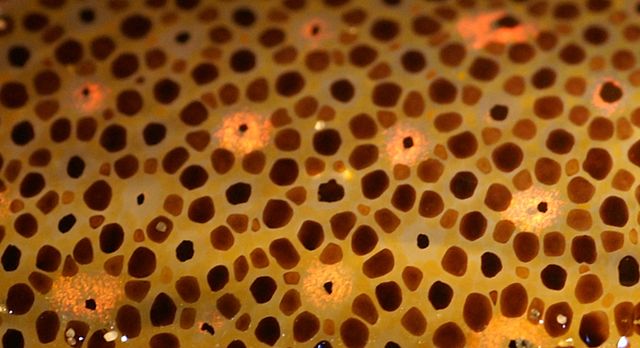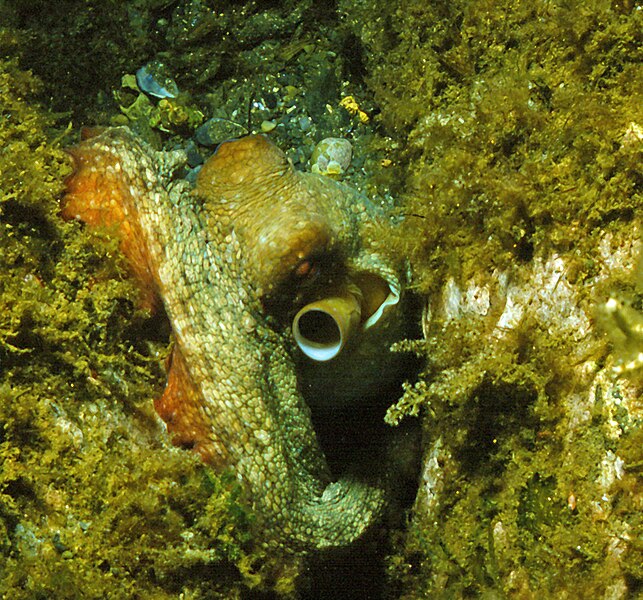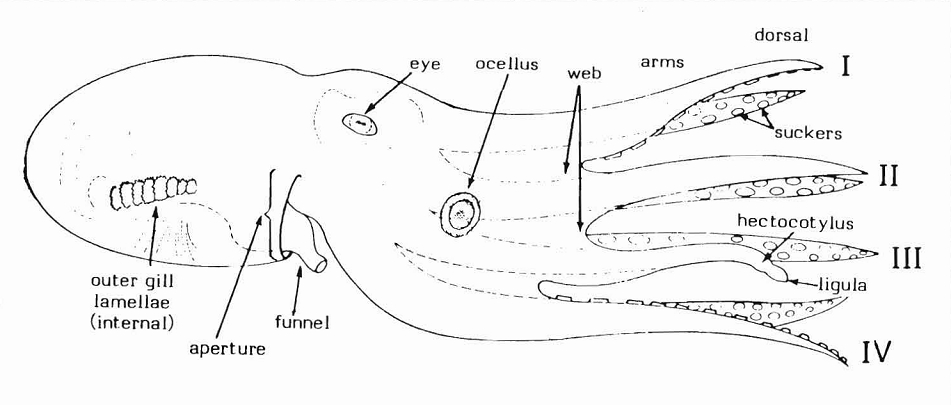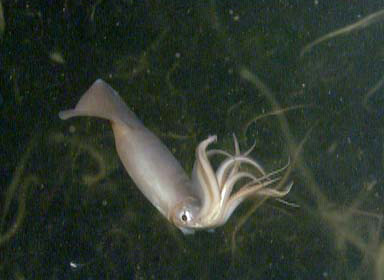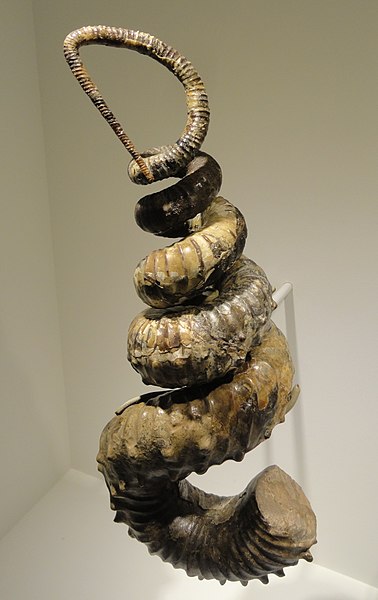We just learned about the Cephalopod - Suckers.
Another different part of a cephalopid is the Cephalopod Eyes.
Different cephalopods have different shaped eyes.
Like some octopus have dumbbell shaped eyes, some squids have oval shaped eyes, cuttlefish have W shaped eyes, and nautilus have pinhole shaped eyes.
The one thing cephalopods have the same is that they can all see very well in the dark, but they can't see different colors very well.
Their eyes are built a lot like human eyes, but where our eyes block a lot of light, theirs let in as much as possible so that they can see in the very dark depths of the ocean.



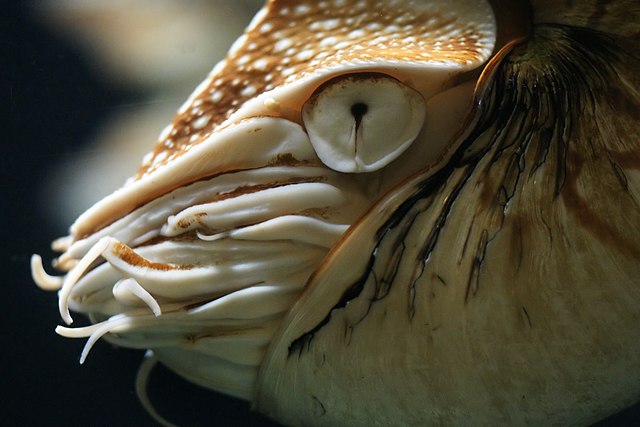
(from: wikipedia - cephalopod eye)
Kid Facts - Blast from the past: Yellow Spotted Climbing Toad
